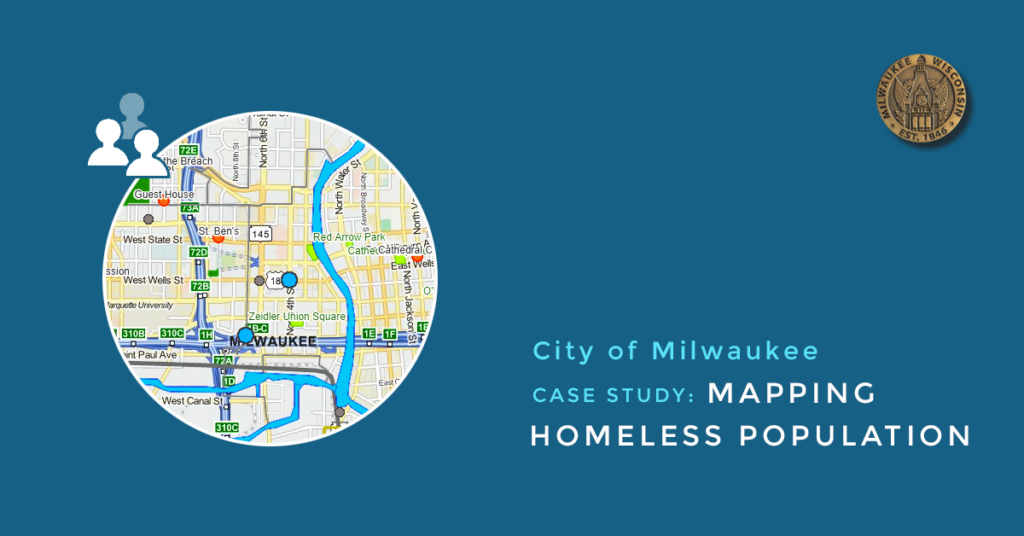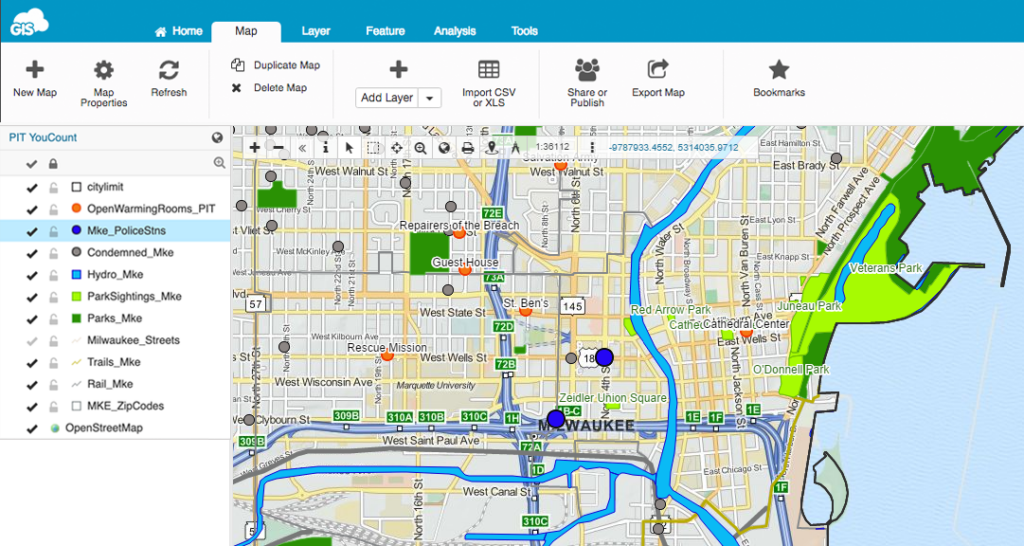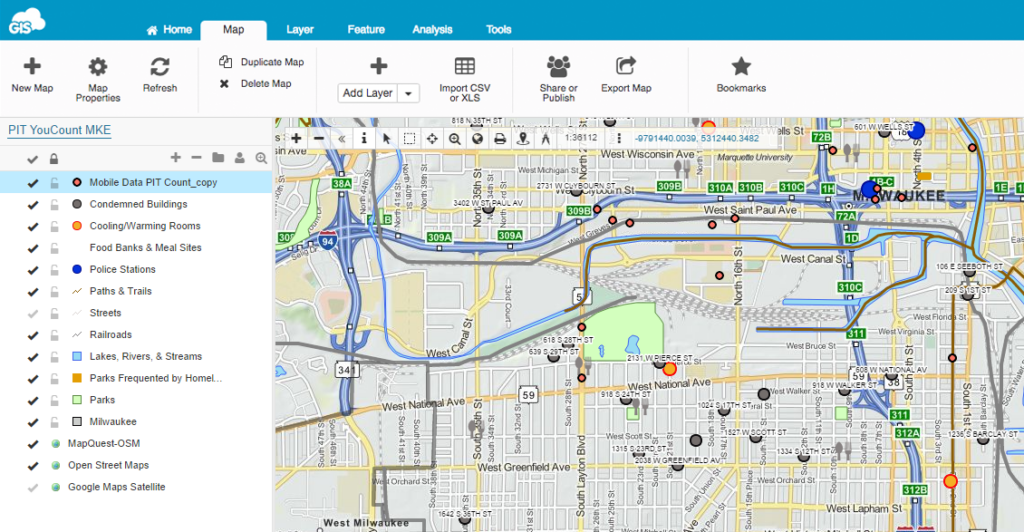
Over 100 million people around the world have no shelter whatsoever. With the turbulence in the global economy, homelessness is becoming an increasing problem all over the world. The growing rate of the homeless population especially concerns American society. One of the ways to begin resolving this problem is to create a specifically designed population study.
That exactly was the idea of Milwaukee Continuum of Care (CoC) and the State of Wisconsin. The City of Milwaukee, the largest city in the State of Wisconsin, is the 31st most populous city in the United States. On any given day there are more than 1,500 homeless men, women, and families in the Milwaukee area. Because of that, they decided to measure progress toward ending homelessness and identifying unmet needs of the homeless through the bi-annual Point in Time Count. This survey would capture the number of individuals who are homeless and living in emergency shelters, safe havens, and transitional housing as well as persons on the street or another place unfit for human habitation.
How could we help?
GIS Cloud provided a mapping tool which would serve as an enhanced counting mechanism for identifying the homeless population in Milwaukee City/County. It needed to be an application which would, among other things, help to track locations in the given period, track the number of people who took the survey, the ones who refused, or who stated they were not homeless, and finally, to use the data gathered for further data tracking.
So, within the options which would enable to optimize workflow (for example, to be able to communicate about the locations other outreach teams have already visited), project managers from Milwaukee asked for a solution which would help with the data collection, data manipulation and also with map creation.
What were the main challenges to be resolved?
- a need for real-time data collection based on a custom form specified for City of Milwaukee’s project
- a possibility of having multiple users collecting data simultaneously
- to be able to upload and use previously obtained data in different vector and raster formats
- to have a tool for reviewing and editing of existing data from both field and office
- to enable the production of custom maps used in field data collection as well as in office analysis
- to have a tool for exporting all the data in different formats and using it later on in different desktop solutions

The Mapping Solution
During the bi-annual Point in Time Count, for which we provided the set of tools, local Milwaukee shelter agencies, numerous advocates and volunteers conducted interviews with homeless individuals to obtain different types of feedback.
They used the Mobile Data Collection application. Before going to the field, a custom form was created using Mobile Data Collection Portal so that all the data collectors would have the same map configuration, simplifying and unifying the process.
Using the Mobile Data Collection application, real-time information was obtained on how or why a person becomes homeless, the current length of homelessness, recidivism, and chronic homelessness. Data was able to be reviewed directly from the field and also cross-referenced with data from previous collections. The collectors used the notes option for tracking the number of people who took or refused to take the survey.

The collected data was instantly available in Map Editor, along with other types of data like streets, police station locations, parks, food banks, meal sites, etc. Adding these different types of data made the map more intuitive, which was of great help later on when it was necessary to identify and analyze different contexts in which homelessness occurs, such as crime rates, general demographics and types of neighborhoods.
Using GIS Cloud applications along with the Point In Time method makes the workflow much faster and more effective for the City of Milwaukee. It is a collaboration which, in a way, revolutionized data collection process – with GC apps more is accomplished in one day than what might usually take several months.






